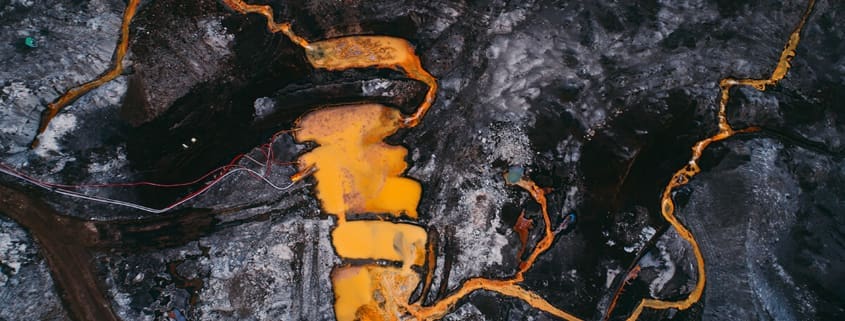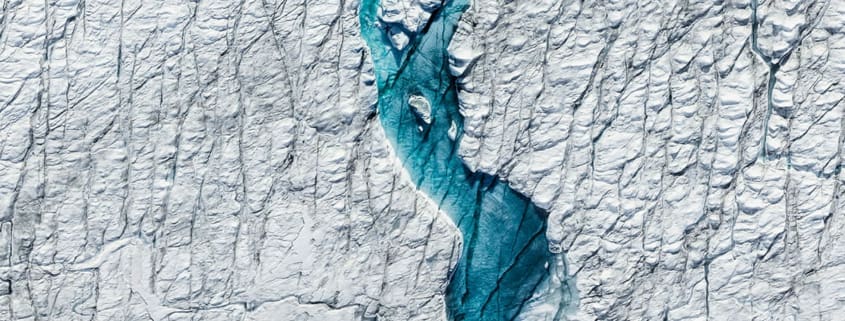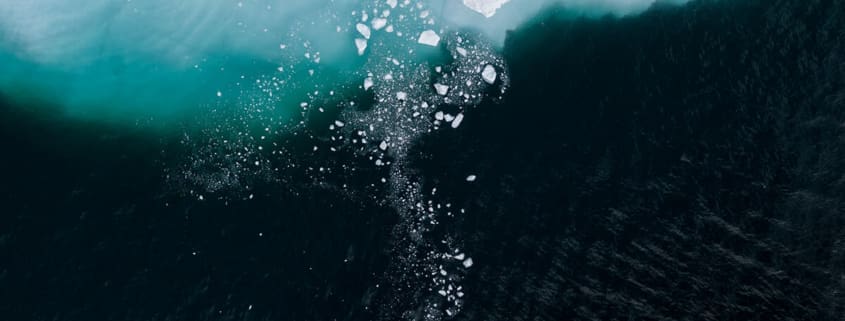Damn, the End of the world looks awesome
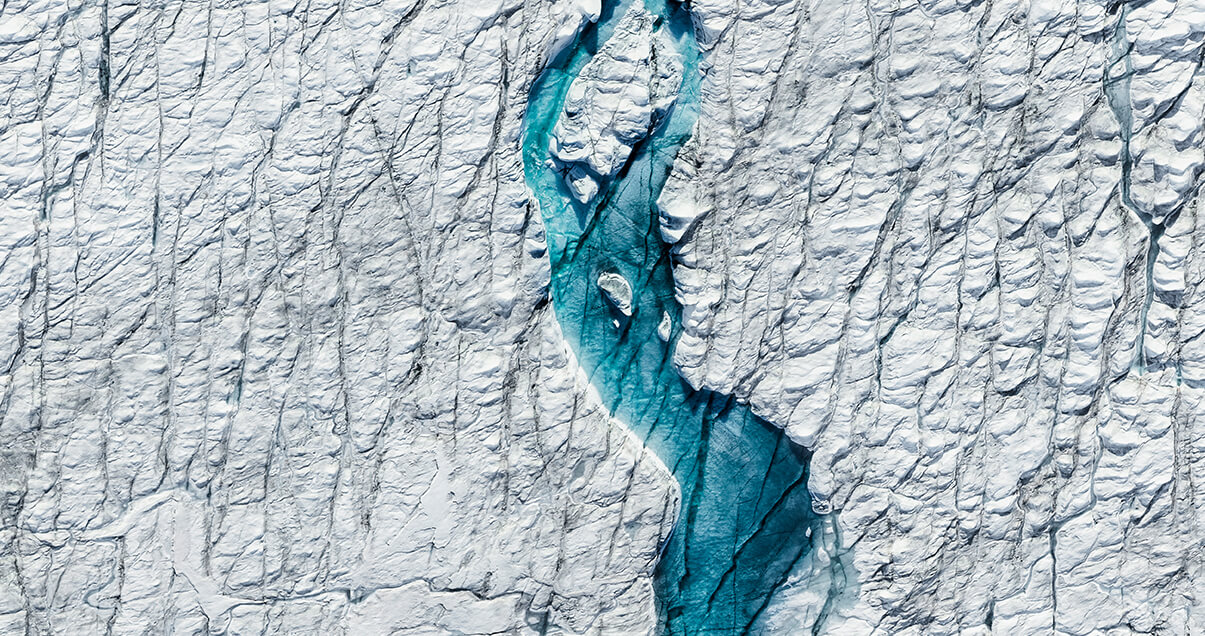
“Hurray, the world is coming to an end!” sang Henning May in the KIZ song of the same name (“Hurra, diese Welt geht unter!”) in 2015. Perhaps he had been looking at some of Tom Hegen’s pictures. Anyone who sees the Munich-based photographer’s work will quickly catch themselves finding a strange beauty in the destruction of our world. We think this is a good thing and we will tell you why.
The shape in the middle radiates bright orange. Like an organism, its veins spread out symmetrically to the top left and bottom right. The shock of color in the center of the anthracite that dominates the image is pulsating, as if alive. It makes for a beautiful, abstract painting. Indeed, the observer might even feel grateful to the creator of this work for capturing such beauty.
That is until you realize that this is not a painting at all, but rather the frightening result of our hunger for energy. Because this radiant form is nothing more than polluted groundwater: a product of chemical reactions in lignite extraction. Suddenly, any sense of gratitude has dissipated.
It is this emotional roller coaster that makes Tom Hegen’s photographs so unique. He is a master puppeteer of the id and super-ego of observers, who are continuously forced to curb their instinctive delight at the image with a guilty conscience about the destruction depicted. And this destruction cannot be blamed on sinister, anonymous forces, on “those up there.” No, this destruction is happening because of us and our modern lifestyle.
The power of Hegen’s approach can be seen in his other images, which are now available in his book “Habitat.” Take the “Two Degrees Celsius“ series, for example, where he finds astonishing beauty in the melting of the Greenland ice sheet. In one image, a turquoise-colored river cuts through the pure white, creating a false sense of calm and balance.
Another photograph from the series is slightly darker, but no less beautiful. It shows the edge of an ice sheet spilling over into the inky ocean. Piece by piece, fragments of the sheet drift off into the dark water, which makes up almost two thirds of the picture.
By Hegen’s standards, this image is quite explicit – after all, his photographs are normally a form of conceptual art. If you do not know the story behind the image, it is just a beautiful and fascinating thing to observe. It would be easy to misinterpret them as a testament to the beauty of our planet.

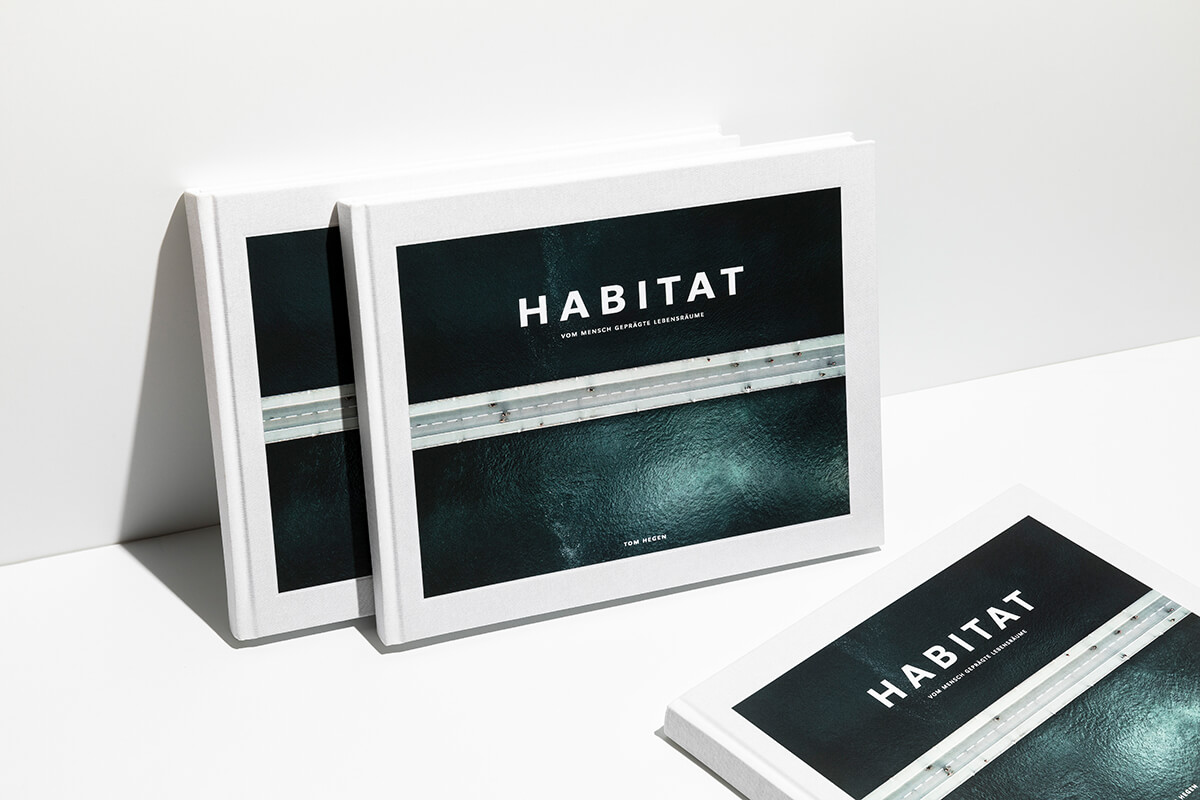
But when you understand the context, our admiration quickly turns into something very different: shame. The shame of having found beauty in this destruction. The shame of being implicated. But it is precisely this shame that drives the impulse for change. You want to mend the cracks, stop the destruction. You want to change your ways in an attempt to undo these photographs, however beautiful they may be. When placed in context, Hegen’s photographs are not just capturing a moment, but are a source of awareness and change. And that is probably the most powerful emotion that art can inspire within us.


